In 2016, Agnes Gund watched a film that changed her life. The documentary was Ava DuVernay’s 13th, which details the racial inequality that lies at the heart of the criminal justice system in America. A philanthropist and art collector in her late seventies at the time, Gund wasn’t sure whether to attend the film’s screening, worried that she would be too sensitive for its hard-hitting message. But she didn’t flinch, and after the movie was over, she made a call. She decided she would sell her most prized painting, Roy Lichtenstein’s Masterpiece, to a private buyer and use the proceeds to try to remedy some of the injustice she had just seen played out on screen. The painting sold for $165 million.
The decision and its impact frame a documentary on Agnes Gund’s life, entitled Aggie, as the president emerita of MoMA and longtime patron of the arts is familiarly known. Made by the subject’s daughter, the film-maker and activist Catherine Gund, Aggie depicts the Lichtenstein sale as the culmination of a lifetime of generous giving to projects on a range of worthy and art-related causes, from Aids research to art education in public schools.
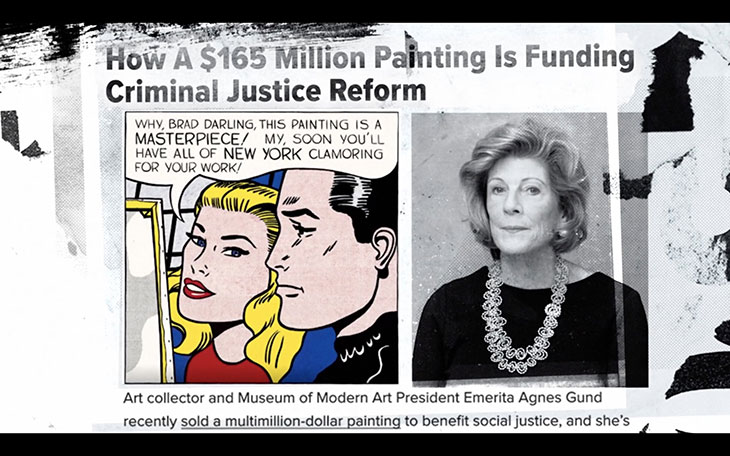
Still from Aggie (2020), dir. Catherine Gund
Agnes Gund’s clearest impact has been in her championing of artists who might have otherwise been ignored by the institutions where she has served as board member: predominantly women and Black artists, many of whom are featured in the film singing her praises (Catherine Opie, Glenn Ligon, and Marina Abramović all make appearances). The very opposite of a ‘flipper’, who buys artworks simply to watch their value grow, she is portrayed instead as a patron, who is a connector as much as a bankroller: a staunch supporter of the new, the marginalised and the underappreciated. In the film, she discusses Adrian Piper’s What It’s Like, What It Is #3, an installation that points out ingrained racist stereotypes. MoMA only bought the work in 2018, despite exhibiting it in 1991, the year it was made; she shakes her head. And yet her opposition – fusty board members at elite art institutions who refuse to look beyond the white, male canon – remains remote, and in the film, it’s unclear exactly how Gund made the changes that so many attribute to her. (In reality, it seems she began by simply donating works by marginalised artists she found interesting, which lent those artists the MoMA stamp of approval.)
Nonetheless, Gund’s measured sincerity and allergy to the limelight make her an eminently charming protagonist. Familial intimacy creates the most successful and enjoyable cinematic moments, as the meta-storyline of the film peeks through: a daughter persuading her embattled mother to feature in a film against her will.
Gund seems private and self-contained, and resists her role as subject for a documentary (when asked what she thinks of the film being made, she responds that she hopes it will not be seen by too many people). This reticence sometimes makes it difficult to squeeze her personality out of the set-piece interviews conducted by her artist-fans, among them John Waters and Julie Mehretu. Her grandchildren, who also interview her, elicit her human side more adeptly, asking her who her first crush was (a girl at summer camp nicknamed, incredibly, Cocky Roach) and whether she believes in God (the existence of injustice makes it difficult but there must be some kind of ‘higher power’, she says). In these quieter moments, Gund is thoughtful and gentle in a way we rarely see in the rarified world of galas and awards ceremonies where art philanthropy is usually celebrated.
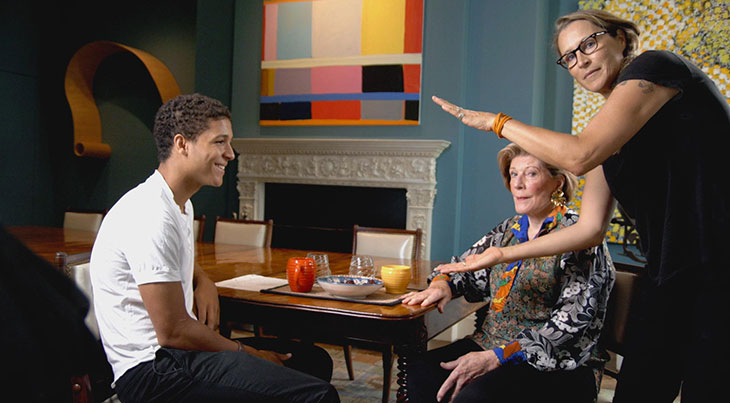
Still from Aggie (2020), dir. Catherine Gund
For me, the blind spot of the film is the same one that the art world as a whole struggles with: money. It’s almost trite to say that everything Agnes Gund achieved is in part due to her family wealth, and yet her inheritance (from her father, owner of the largest bank in Ohio) is only mentioned well into the film, after a casual viewer has already been left wondering at Gund’s evident access to the highest echelons of the art world.
The end of the film, which begins to veer into public-relations territory, catalogues the considerable achievements of the projects Gund has initiated: campaigning to restore voting rights for 1.4 million Floridians with felony convictions via her Art for Justice Fund, for example, and the Studio in a School programme that has funded art education in New York City’s public schools since 1977. Gund says that her reason for giving has always been guilt: an empathetic reaction to the privilege of extreme wealth. As the title of a New York Times profile in 2018 put it: ‘Is Agnes Gund the Last Good Rich Person?’ The answer may be yes, but that doesn’t make spending vast, inherited sums of money inherently laudable. Hers are undoubtedly valuable projects, and it is true that Gund is an outlier. But the reason she stands out is primarily because of the extraordinary selfishness of the one percent that she belongs to.
Agnes Gund didn’t seek out the valorisation that the existence of the documentary suggests. The film seems to argue that this is what makes her a worthwhile subject: her insistence upon her own smallness and the guilt that motivates her donations. I disagree. She is quite compelling enough on her own. The emphasis upon providing a defence for Gund’s wealth through her philanthropy ultimately comes at the expense of presenting a rounded portrait of a beloved figure. I kept wanting to fall in love with Aggie, to see what the myriad artists, curators and politicians could see. I never quite got there.
Aggie (2020), dir. Catherine Gund, is available to rent in the US.
Unlimited access from just $16 every 3 months
Subscribe to get unlimited and exclusive access to the top art stories, interviews and exhibition reviews.


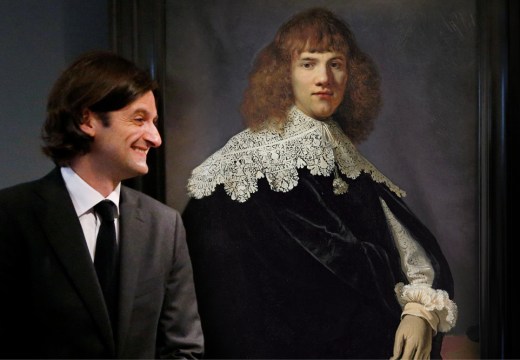
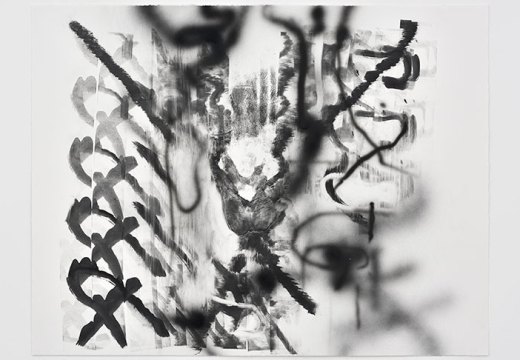
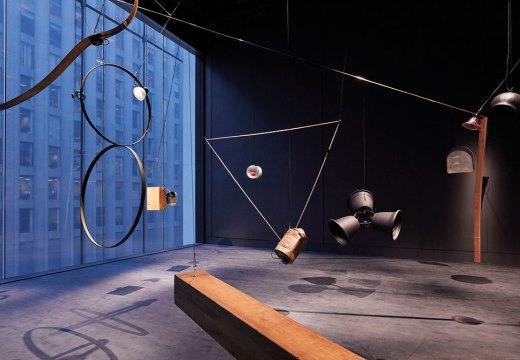









![Masterpiece [Re]discovery 2022. Photo: Ben Fisher Photography, courtesy of Masterpiece London](http://www.apollo-magazine.com/wp-content/uploads/2022/07/MPL2022_4263.jpg)
It’s time for the government of London to return to its rightful home